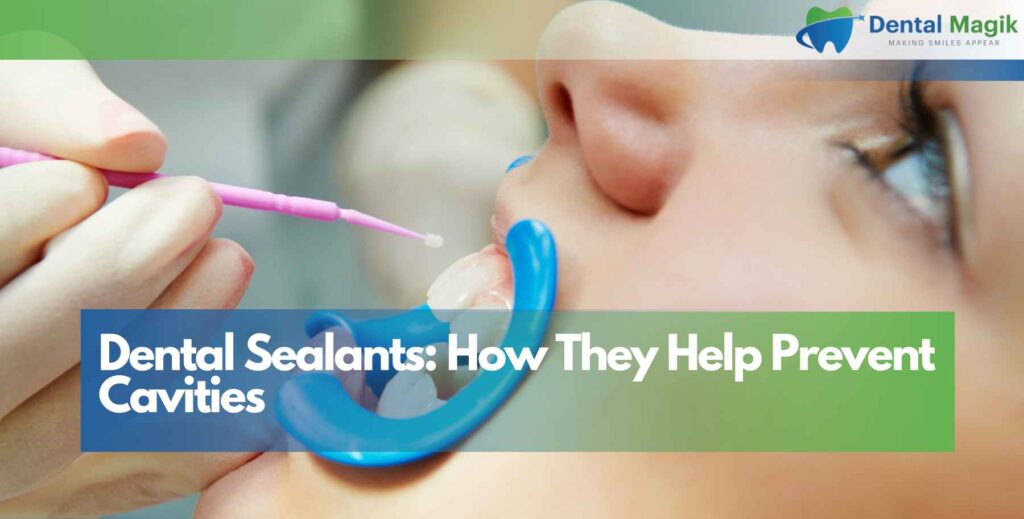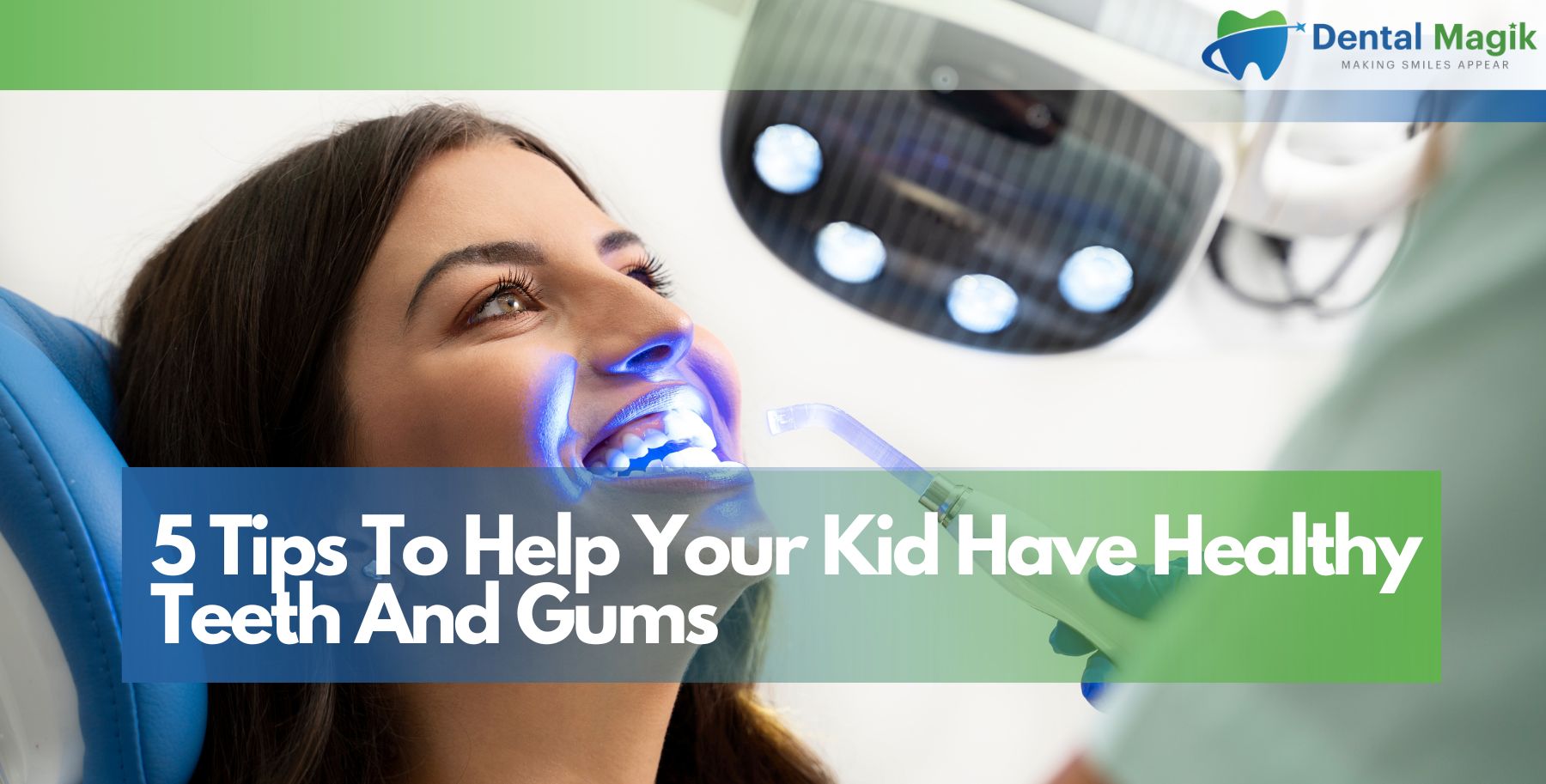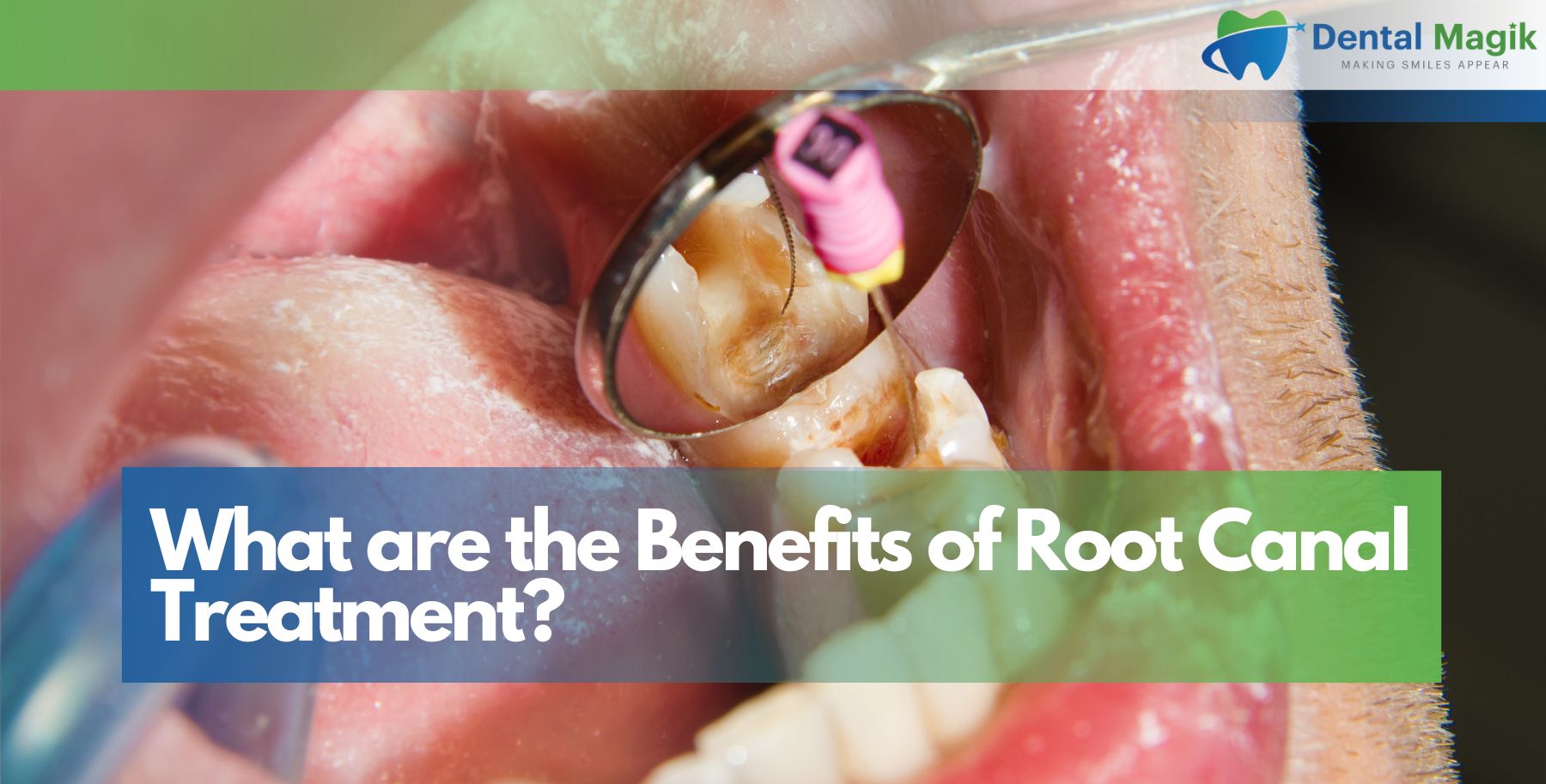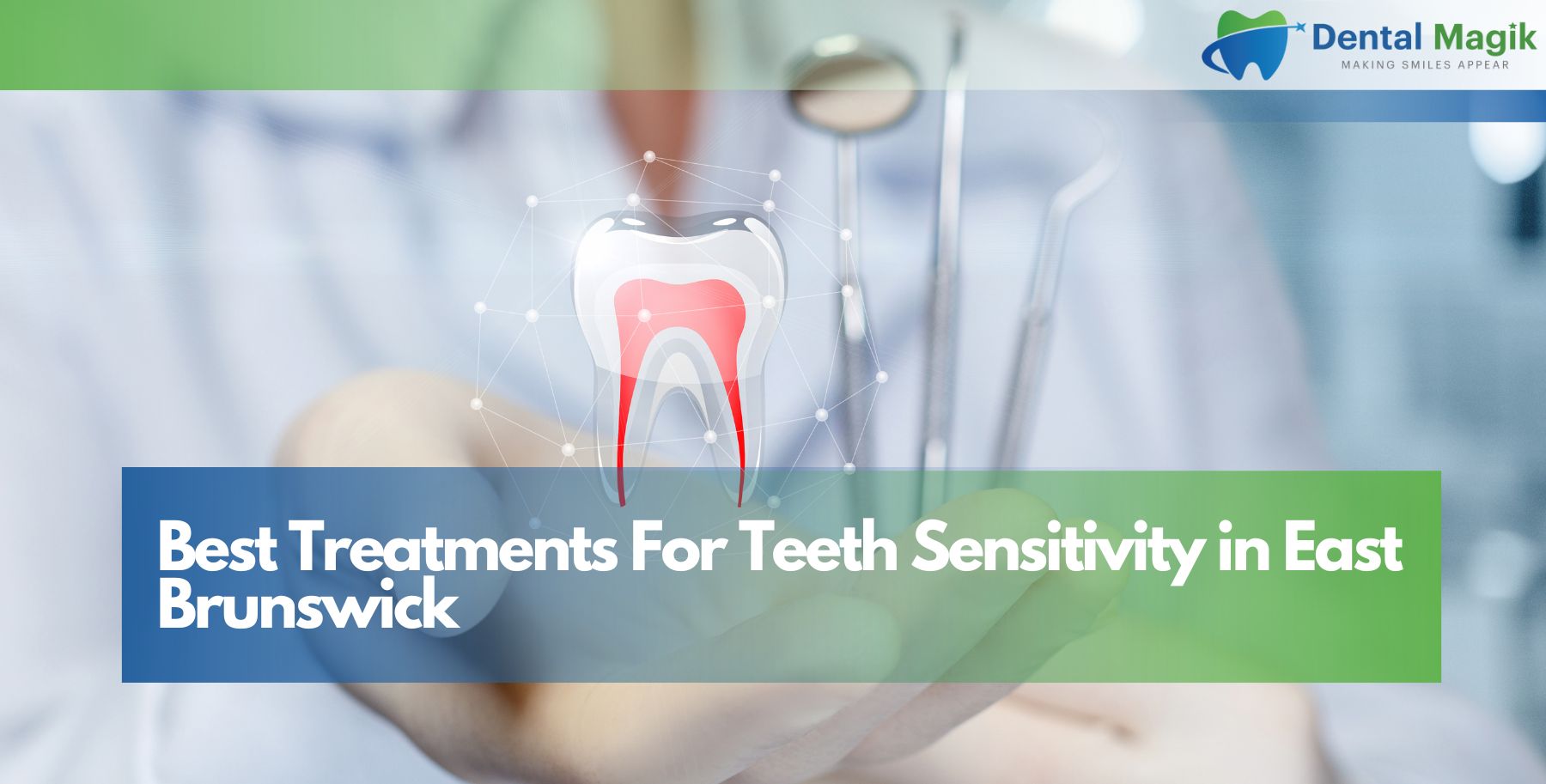Dental health is an essential part of overall well-being, and keeping your smile healthy is a priority for many people. While brushing, flossing, and regular dental visits are key components of a good oral hygiene routine, there’s another preventive tool that can significantly reduce the risk of cavities—dental sealants. These thin, protective coatings are a simple and highly effective way to prevent tooth decay, especially on the back teeth where cavities are more likely to develop. In this comprehensive guide, we will explore what dental sealants are, how they work, who should consider them, the benefits they offer, the application process, and why they are so important for long-term dental health. If you are in need of dental sealants in East Brunswick, NJ, We will provide all the information you need to understand how this treatment can protect your teeth for years to come.
What Are Dental Sealants?
Dental sealants are thin, protective layers of plastic or resin material applied to the chewing surfaces of the back teeth (molars and premolars). These teeth are particularly vulnerable to decay because their natural grooves, pits, and fissures are difficult to clean thoroughly with a toothbrush. Even with regular brushing and flossing, bacteria, food particles, and plaque can accumulate in these deep crevices, leading to tooth decay. Sealants are designed to fill in these grooves and form a smooth, protective surface that prevents harmful bacteria and food particles from getting trapped. By providing a physical barrier against plaque buildup, dental sealants effectively reduce the risk of cavities. The material used for sealants bonds directly to the tooth enamel, creating a long-lasting layer of protection.
How Do Dental Sealants Help Prevent Cavities?
Dental sealants are one of the most effective preventive treatments available for protecting your teeth from cavities. They work by physically blocking the deep grooves and pits on your molars, which are the most common areas for cavities to develop. Here’s a more detailed look at how dental sealants help prevent tooth decay:
Shielding Teeth from Plaque and Bacteria
Plaque, the sticky film of bacteria that forms on your teeth, can easily get trapped in the deep grooves of the molars. While regular brushing removes plaque from the flat surfaces of teeth, it’s much harder to clean the deep grooves and fissures. Dental sealants provide a barrier that blocks plaque from accumulating in these areas, reducing the risk of tooth decay caused by bacteria.
Preventing Tooth Decay from Acidic Foods
Acidic foods, such as citrus fruits, sodas, and sugary snacks, can erode tooth enamel and increase the risk of cavities. Sealants act as a protective shield, preventing acid from coming into direct contact with the tooth’s surface. This protective layer reduces the likelihood of enamel erosion and the development of cavities.
Reducing the Likelihood of Cavities
By covering the deep pits and fissures of teeth, sealants reduce the chance of cavities forming in these hard-to-reach areas. Once applied, sealants make it more difficult for food particles and bacteria to take root in the grooves, giving your teeth an extra line of defense against decay.
Improving Long-Term Oral Health
Dental sealants are a proactive approach to oral health. By preventing cavities from forming in the first place, sealants save patients from the need for more invasive treatments down the line, such as fillings, root canals, or crowns. For children, in particular, sealants can provide long-lasting protection during the years when they are learning proper brushing techniques.
Who Should Get Dental Sealants?
Dental sealants are beneficial for individuals of all ages, but they are particularly important for children and teenagers who are at a higher risk for developing cavities. Here’s a breakdown of who should consider getting dental sealants:
Children and Teens
The American Dental Association (ADA) recommends that children receive dental sealants as soon as their permanent molars come in. This typically happens around the age of 6, when the first set of molars erupts, and again around age 12, when the second set of molars appear. These teeth have deep grooves and are more prone to cavities, making them ideal candidates for sealants. By applying sealants at an early age, you can help protect your child’s teeth before any decay sets in.
Adults with Healthy Teeth
Adults who have healthy, cavity-free teeth can also benefit from dental sealants. If your molars are free of decay and you want to prevent cavities from forming in the future, sealants can provide an extra layer of protection. Sealants can be especially helpful for people who have deep grooves or fissures in their molars, which are harder to clean with a toothbrush.
Individuals with Deep Grooves in Their Teeth
Some people naturally have teeth with deep grooves or fissures. These deep pits are difficult to clean thoroughly and are more prone to trapping food particles and bacteria. If you have teeth with deep grooves, dental sealants can help protect those areas from decay by filling in the crevices.
Patients at High Risk for Cavities
Certain individuals are at a higher risk of developing cavities. This includes those who:
- Consume a diet high in sugary foods and drinks
- Have poor oral hygiene habits
- Are prone to dry mouth (which decreases saliva, a natural cavity-fighting agent)
- Have a history of frequent cavities or tooth decay
For these individuals, dental sealants can serve as an additional preventive measure to protect their teeth from further damage.
The Process of Getting Dental Sealants
The application of dental sealants is a straightforward, non-invasive procedure that typically takes just a few minutes per tooth. Here’s what you can expect during your visit to the dentist for sealant application:
Cleaning the Teeth
Before applying the sealant, the dentist will thoroughly clean the teeth to remove any plaque or food debris. This step ensures that the sealant bonds properly to the tooth surface.
Preparation of the Tooth Surface
Once the teeth are clean, the dentist will apply a special solution to the surface of the teeth. This solution roughens the tooth enamel slightly, which helps the sealant adhere better.
Application of the Sealant
The dentist will then paint the liquid sealant directly onto the chewing surfaces of the molars and premolars. The sealant flows into the deep grooves and pits, creating a protective layer. The dentist will carefully ensure that the sealant covers all the grooves to provide comprehensive protection.
Curing the Sealant
After the sealant is applied, a special curing light is used to harden the material. This light activates the chemicals in the sealant, causing it to set quickly. The curing process usually only takes a few seconds per tooth.
Final Check
Once the sealant is hardened, the dentist will check to ensure that it has been applied correctly and is comfortable in your mouth. They may make small adjustments if necessary to ensure that the sealant doesn’t interfere with your bite.
Post-Application Care
There is no recovery time needed after the application of dental sealants. You can resume eating and drinking immediately after the procedure. However, it’s important to continue practicing good oral hygiene habits, including regular brushing and flossing, to ensure that the sealants remain effective over time.
How Long Do Dental Sealants Last?
Dental sealants are durable and can last anywhere from 5 to 10 years, depending on factors such as oral hygiene, diet, and the type of sealant used. In general, sealants last longer if the patient maintains a healthy diet and practices good oral care habits.
While dental sealants are long-lasting, they should be checked regularly by your dentist during routine check-ups. If the sealant begins to wear down or chip, it can be reapplied to maintain its protective benefits. Your dentist will monitor the condition of your sealants and inform you when it’s time for a reapplication.
The Benefits of Dental Sealants
Dental sealants offer a wide range of benefits for both children and adults. Here are some of the key advantages of getting sealants:
Prevention of Cavities
The primary benefit of dental sealants is their ability to prevent cavities. By sealing the deep grooves of molars, sealants help prevent plaque buildup, bacteria growth, and decay. This reduces the need for fillings or other restorative procedures in the future.
Cost-Effective Preventive Care
Dental sealants are an affordable preventive measure. When compared to the cost of treating cavities, fillings, or other dental procedures, sealants are a relatively inexpensive way to protect your teeth. They can save you money by reducing the risk of more serious dental problems.
Quick and Pain-Free Application
The process of applying dental sealants is quick, easy, and virtually painless. There are no needles, drills, or anesthesia involved, making it a stress-free procedure for both children and adults.
Improved Oral Hygiene
Once dental sealants are applied, the chewing surfaces of your back teeth become smoother, making it harder for food particles and plaque to accumulate. This improves your ability to maintain good oral hygiene and reduces the risk of future cavities.
Long-Term Protection
Dental sealants can last for several years, offering long-lasting protection for your teeth. They are a reliable preventive measure that can safeguard your smile for many years with minimal maintenance.
Common Myths About Dental Sealants
Despite their many benefits, there are some common misconceptions about dental sealants that may deter people from getting them. Here are a few myths and the facts that dispel them:
Myth 1: Sealants Are Only for Children
While dental sealants are commonly applied to children and teens, adults can benefit from them too. Adults with healthy, cavity-free molars can use sealants to prevent future tooth decay.
Myth 2: Sealants Are Expensive
Dental sealants are a cost-effective solution for preventing cavities. The cost of applying sealants is much lower than the cost of filling cavities or undergoing more extensive dental treatments later on.
Myth 3: Sealants Are Painful
The application of dental sealants is completely pain-free. There are no needles, drills, or discomfort involved in the process.
Myth 4: Sealants Aren’t Necessary if You Brush Regularly
While brushing is important, it’s not always enough to prevent cavities, especially in the deep grooves of molars. Sealants provide an additional layer of protection that brushing alone cannot offer.
Conclusion
Dental sealants are an effective, affordable, and simple way to protect your teeth from cavities and decay. Whether you are a parent looking to protect your child’s teeth or an adult wanting to preserve your smile, sealants offer a long-lasting solution that helps keep your teeth healthy. Regular dental visits, combined with good oral hygiene practices, will ensure that your sealants last for years to come. If you’re looking for Dental sealants in East Brunswick, NJ, be sure to consult a trusted dentist to discuss whether sealants are the right option for you or your child. By taking advantage of dental sealants, you are taking a proactive step toward a healthier, cavity-free smile. If you are seeking a reliable Dentist in East Brunswick, NJ for dental sealants in East Brunswick, make an appointment with a dental professional who can provide personalized care and ensure your teeth remain protected for years to come.







